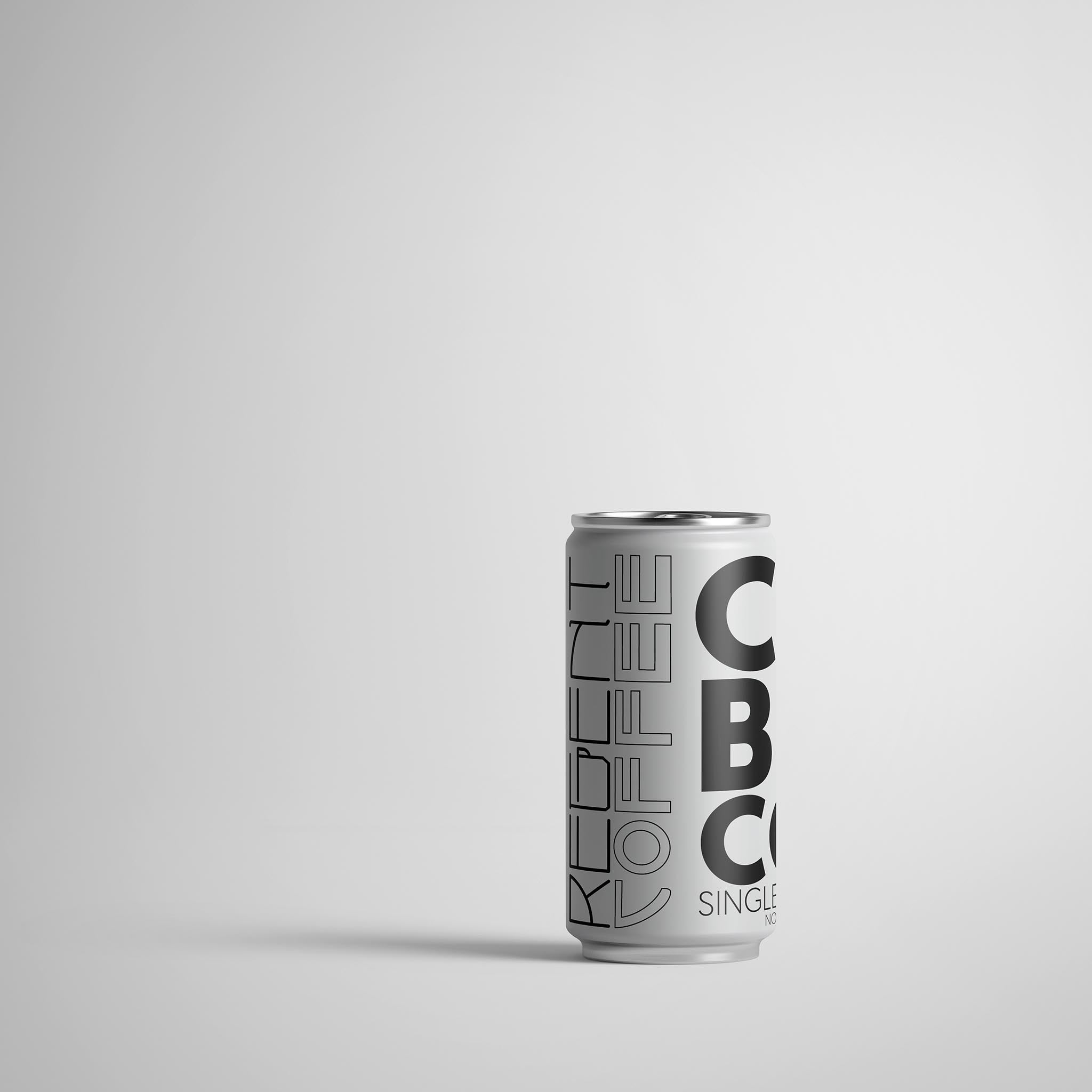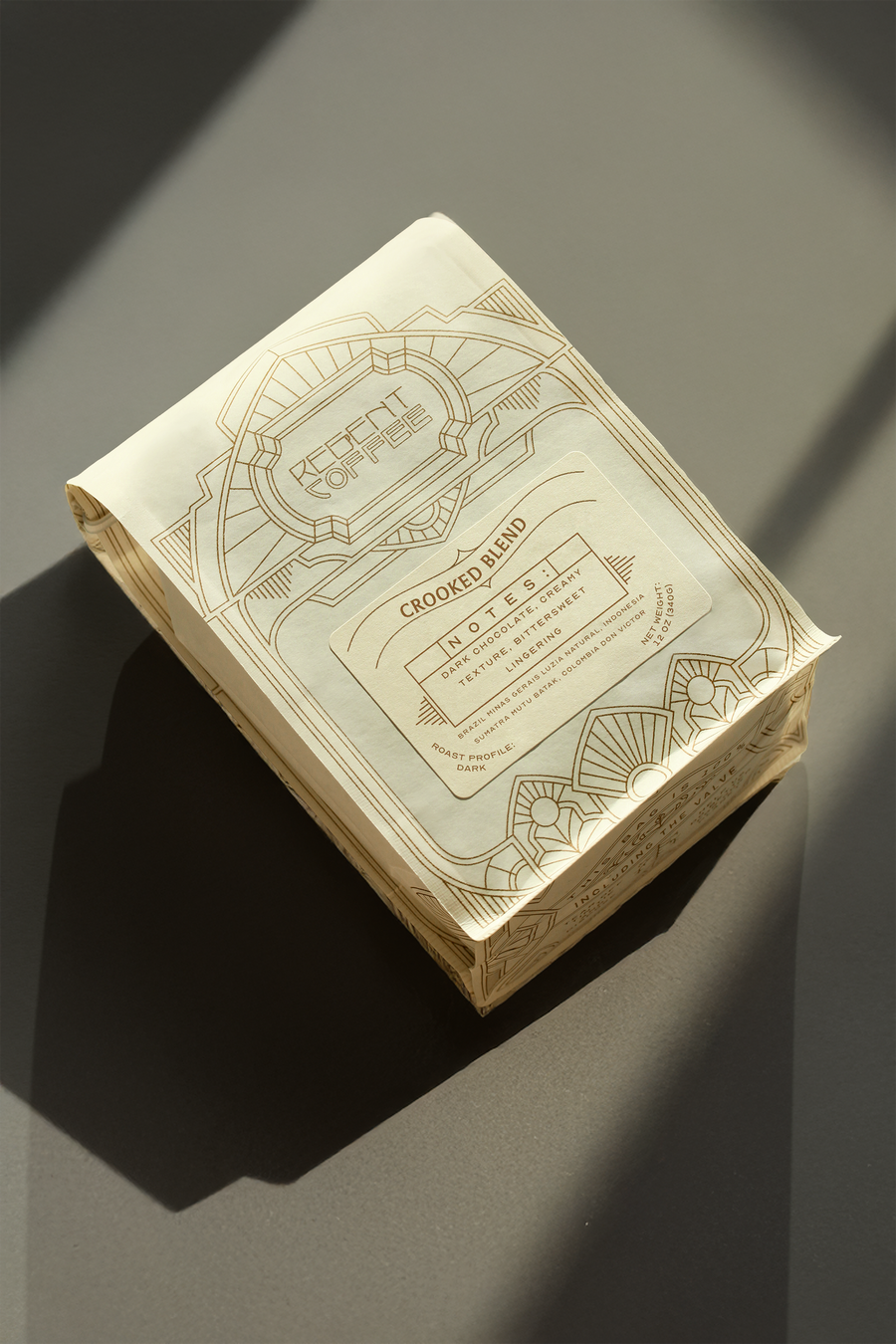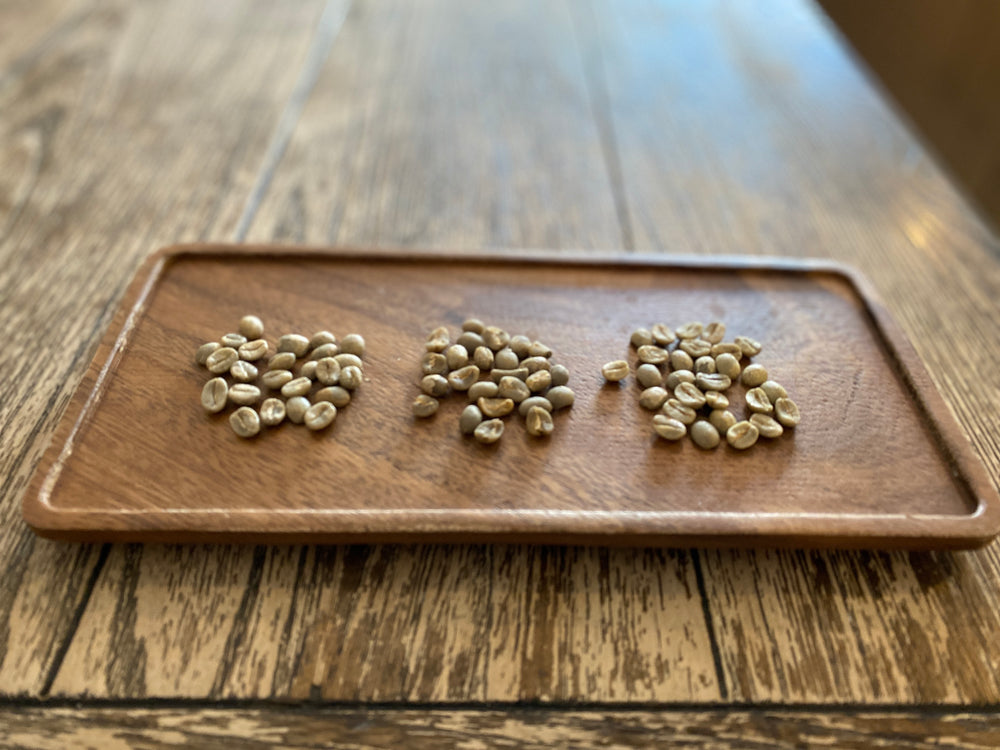Coffee and How It Is Grown
Many may wonder how coffee comes about from the ground to the coffee cup hence the reason for this article. Let us get to it right away.
Do you know that coffee is extracted from two major fruits which are Coffea Robusta and Coffea Arabica (botanical names)? The Coffea Arabica is most delightful of all as it has more of a discrete flavor, as well as enriching quality unlike the bitter taste, got from the Coffea Robusta.
Coffea Arabica rates over 70% of coffee supply in the globe, but on the other hand, certain cultures have begun to find interest as well as favor the Coffea Robusta alongside a blend of both coffee species to generate a special essence.
Coffee beans can be cultivated in only tropical areas within regions flanked by the Tropic of Capricorn and Cancer known to be called the bean belt. Coffee bean plants are perennial shrubs and get to grow as high as twenty feet in height with the presence of their shiny and broad leaves which are less complex in looks with white flowers with look-alike with those found in citrus crops. After a period of time, these flowers get to pave the way for the coffee bean to blossom into green like pebbles which gradually turn yellow then orange and finally red which marks the time of harvest and then dry out.
The process of getting the coffee beans to end up in your cup requires having to pass through quite a series of production and dispensation steps. Usually, the green coffee beans get to be picked for the use of the hand as they get to germinate in tiny nuggets though the tree is quite big and thick often cultivated in rainforest regions which make mechanical harvest an infrequent method which could possibly create harvest flaws on the coffee beans during the process. After the coffee beans have been picked, they are spread out in the open to dry out while milling follows next.
All dried out, the coffee beans get to pass through the next phase which could either be done by a dry or wet method. If going by the wet technique, the introduction of a large quantity of water is used to isolate the good coffee beans from the bad coffee beans as well as taken of the skin around the beans. The wet method is considered as an erroneous ecological technique as it is seen as a pollutant.
On the other hand, the dry technique which is highly advised is carried out by spreading out the coffee beans on a large solid platform with direct contact with the sun. They are afterward pulverized and hulled. This technique actually goes a long way in extracting its richer flavors but during which, care must be taken as it could make the coffee bean frail if over dried and mold into a cake like form if not properly dried out.
Finally, the coffee beans are milled to take out the remaining fruit from the bean pod, sorted, graded and finally transported across the globe. This phase marks the roasting of the coffee beans to extract its flavors.






로얄카지노
비비카지노주소
카지노사이트
바카라사이트
온라인카지노
안전한카지노사이트
카지노하는곳
퀸즈슬롯
바카라게임
온라인카지노게임사이트
모바일바카라
룰렛추천주소
바카라 패턴
온라인바카라
카심바코리아 카지노슬롯
로얄카지노
비비카지노주소
카지노사이트
바카라사이트
온라인카지노
안전한카지노사이트
카지노하는곳
퀸즈슬롯
바카라게임
온라인카지노게임사이트
모바일바카라
룰렛추천주소
바카라 패턴
온라인바카라
카심바코리아 카지노슬롯
https://youube.me/
https://gamja888.com/
https://instagrme.com/
https://youubbe.me/
https://Instagrme.net/
https://instagrme.site/
https://instagrme.live/
https://naverom.me/
http://facebookom.me/
https://www.amazon.com/WATCH-MINIONS-4-THE-RISE-OF-GRU-2022-ONLINE-FREE-STREAMING/DP/B0B5H7HK4V/
https://www.amazon.com/WATCH-THE-DEER-KING-2022-LIVE-ONLINE-FOR-FREE/DP/B0B5HJNHQD
https://www.amazon.com/MINIONS-THE-RISE-OF-GRU-2022-ONLINE-STREAMING/DP/B0B5FN9K2R/
https://www.amazon.com/THOR-LOVE-AND-THUNDER-STREAMING-WATCH-ONLINE/DP/B0B5HCC4B8/
https://www.amazon.com/ELVIS-2022-WATCH-ONLINE-STREAMING/DP/B0B5JJ4XY2/
https://www.amazon.com/THE-BLACK-PHONE-2022-STREAMING-WATCH-ONLINE/DP/B0B5JMWK58/
https://www.amazon.com/LIGHTYEAR-2022-WATCH-ONLINE-STREAMING/DP/B0B5JKQ9K7/
https://www.amazon.com/JURASSIC-WORLD-DOMINION-2022-WATCH-ONLINE-STREAMING/DP/B0B5HNDXW3/
https://www.amazon.com/TOP-GUN-MAVERICK-2022-WATCH-ONLINE-STREAMING/DP/B0B5HSMCWW/
https://www.amazon.com/ROCKETRY-THE-NAMBI-EFFECT-2022-WATCH-ONLINE-STREAMING/dp/B0B5JPKJ7K/
https://www.amazon.com/WATCH-SPY-X-FAMILY-STREAMING-ONLINE-FOR-FREE/DP/B0B5JZBR98/
http://phillipsservices.net/UserProfile/tabid/43/userId/154356/Default.aspx
https://issuu.com/vulanmuja
https://www.geany.org/p/RzST4/
https://paste.toolforge.org/view/68539235
https://pst.klgrth.io/paste/m4on2
https://dotnetfiddle.net/04c5uK
https://jsitor.com/1YKOGQYEw
https://coliru.stacked-crooked.com/a/4d84351597eaf2e6
https://rextester.com/NBBK10459
https://ide.geeksforgeeks.org/d6d146f1-e38f-45c0-889a-07fc555d4396
https://dpaste.com/BUMW6SAQS
https://yamcode.com/12uvq2bllp
https://posteezy.com/eurturtu
https://codebeautify.org/htmlviewer/y226d9567
https://pastebin.com/EZxd695y
https://caribbeanfever.com/photo/albums/drtdrtuty
http://beterhbo.ning.com/forum/topics/turyityiod
http://divasunlimited.ning.com/photo/albums/ryeurui
http://healingxchange.ning.com/forum/topics/rturiutr
https://www.onfeetnation.com/profiles/blogs/tyityiti
https://webhitlist.com/photo/albums/trtiritut
http://korsika.ning.com/photo/albums/ruriurereyh
https://peacepink.ning.com/blog/reuyeurtu
http://taylorhicks.ning.com/photo/albums/dryeurtu
http://mcspartners.ning.com/photo/albums/dyrtut
https://caribbeanfever.com/photo/albums/drhysrdswe
http://beterhbo.ning.com/forum/topics/ruyeueytw
http://divasunlimited.ning.com/photo/albums/turturfhft
http://healingxchange.ning.com/forum/topics/dryueuthgds
https://www.onfeetnation.com/profiles/blogs/dryersae
https://webhitlist.com/photo/albums/dryhrttrfdf
http://korsika.ning.com/photo/albums/eryerutrut
https://peacepink.ning.com/blog/stewytyyjuty
http://taylorhicks.ning.com/photo/albums/eryery
http://mcspartners.ning.com/photo/albums/ryweruertu
http://cpp.sh/67qyk
https://www.bankier.pl/forum/tematrtuthjfjytyuiti,55383065.html
https://vocus.cc/editor/62becdaafd8978000185172c
https://vocus.cc/article/62bed03ffd89780001852961
http://cpp.sh/9zhez
https://dotnetfiddle.net/bRZfM0
https://rextester.com/BLRY88723
https://pasteio.com/xPrET2NpR5mi
https://geany.org/p/wzi9U/
cpp.sh/3dalir
https://writeonwall.com/question/why-movies-arent-art-anymore-it-it-because-of-the-money-amusement-or-something-else/
https://writeonwall.com/question/one-great-thing-about-amazon-is-they-never-stop-sharing-stuffs/
https://open.firstory.me/user/cl52d2qrr02m801x6aci9a0bu
https://open.firstory.me/rss/user/cl52d2qrr02m801x6aci9a0bu
https://open.firstory.me/user/cl52d2qrr02m801x6aci9a0bu/platforms
https://codebeautify.org/htmlviewer/y2210f66b
Muchas gracias. ?Como puedo iniciar sesion?
Leave a comment